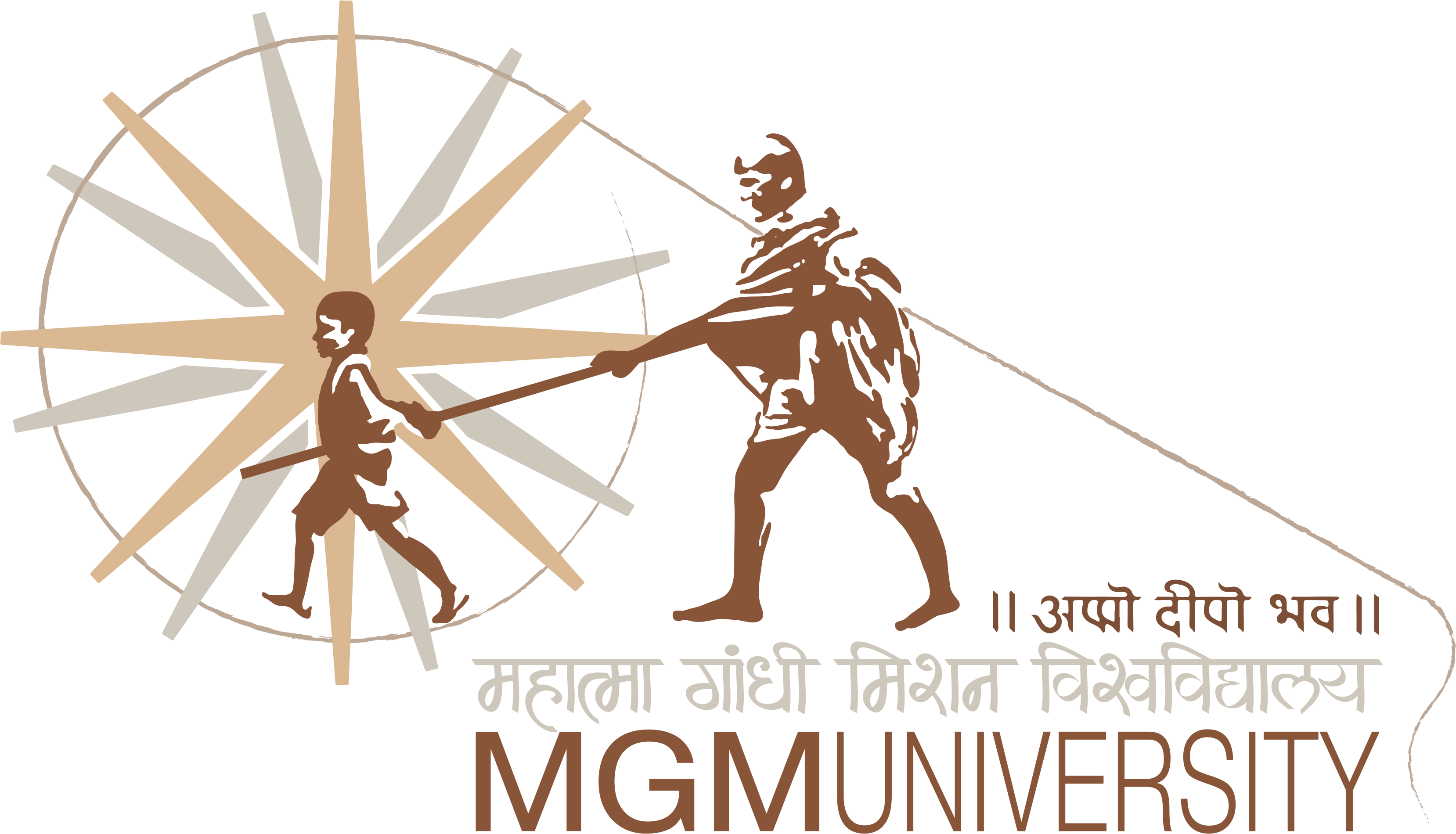AUTONOMOUS VEHICLE LAB
CORE EQUIPMENT
|
| Sr. |
Description |
| 1 |
Next Level Racing (Cockpit and Mat) |
| 2 |
Next Level Racing (Monitor Stand + Desktop Base) |
| 3 |
Fanatec (Steering wheel + Wheelbase + Pedals) |
| 4 |
i-Hawk tower system containing two 3.4 GHz Xeon Gold 6128 115W 6-Core CPUs
w/19.25 MB cache, 96 GB memory 2666 MHz, Dual Gigabit Ethernet ports, 1 serial
port/header, 4 USB ports, 6 PCIe slots - 1 unused (4 x16 3.0, 2 x8), 14 SATA ports,
M.2 port, IPMI, AST2500 on-board graphics, C621 chipset PS, one 1 TB 7.2K SATA
drive, non-RAID configuration, USB keyboard and optical mouse, Mid tower SATA
chassis (16.7 H x 7.6" W x 20.68" D), 1200W power supply, 4 1-in. drive bays,
DVD+-RW (+-R DL) / DVD-RAM SATA drive, GeForce RTX 2080 Ti w/11 GB
memory graphics card, GeForce RTX 2080 Ti w/11 GB memory 2nd graphics card,
64-bit Red Hawk Linux real-time OS with CentOS distribution, Real-Time Clock &
Interrupt Module PCIe card (RCIM III) |
Automated Driving
AUTONOMOUS VEHICLE
Autonomous vehicle lab consists of a virtual test drive vehicle setup which helps students to learn creation of detailed road and rail networks with multiple lanes as per requirement, design various types of intersections as well as signaling system by exporting the required data from single source and create 3d models.
Students from different disciplines of engineering can learn the configuration, simulation, and customization virtual worlds. Students will gain exposure to various MSC’s tools to face challenges in development and validation of driver assist system to fully autonomous vehicles.
DETAILS
AUTONOMOUS VEHICLE
This toolkit is an automated, lab based tool useful to create, configure, present and evaluate the virtual environment providing scope for repeatable and realistic like in-lab testing of different road conditions and traffic simulations.Advanced driver-assistance system (ADAS),which is an electronic system that the driver to drive and park vehicle, can be developed with by using VTD toolkit. VTD can also be used for developing automated driving systems.
VTD provides scope to generate 3D content, simulate complex traffic scenario, and simulate simplified or physically driven sensors.
VTD SOFTWARE
The data collected from the field is used to design road network and traffic simulations. Road networks are designed using Road Network Editor (ROD) which includes number of lanes, different types of intersections, traffic signs and signals.
ADVANCED DRIVER-ASSISTANCE SYSTEM (ADAS)
ADAS is an electronic system beneficial from road safety point of view. It helps drivers to drive and park vehicles safely. It uses different electronic technologies like Micro controller units (MCU), Power semiconductor devices and electronic control units to avoid human errors and develop advanced driver assistance system. This technology helps in avoiding vehicle collisions and control road accidents.
INDUSTRY USES
-
Aerospace and Defense - trainers and simulators, unmanned aerial vehicles (UAVs)
-
Automotive - driver assist systems, vehicle to vehicle interactions, traffic simulation, autonomous vehicles
-
Heavy Equipment - agricultural and mining equipment, trucks
-
Government - intelligent highways, vehicle to infrastructure interactions, standards and certification
LEARNING TARGETS
-
Testing of vehicle in different environment like road conditions, traffic situations.
-
Design 3D models of road networks and traffic simulations.
-
Developing next generation vehicles
-
Design Sensors, Controllers etc.
- Looping of hardware drivers, driving simulators and software components.
- Create, configure, visualize complete virtual environments using VTD
- Advanced driver-assistance systems (ADAS)

